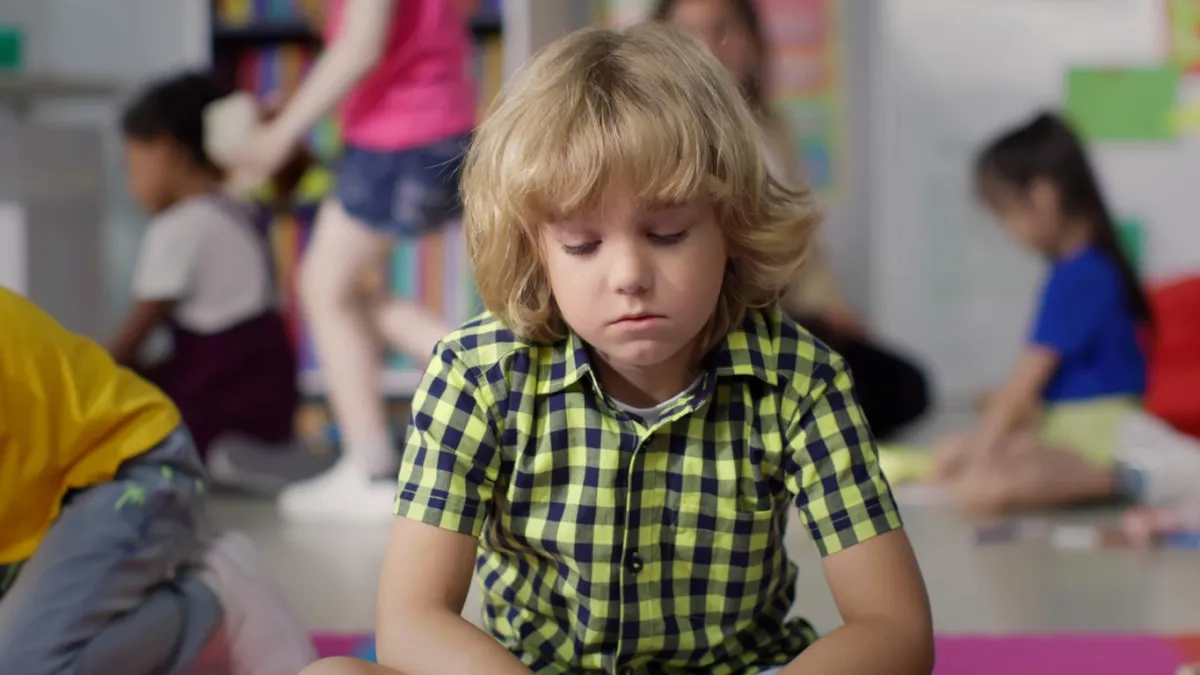
Each Child Has a Story
Every child carries a story within them—one that shapes the way they interact with the world and respond to the people around them. Whether it's joy, sadness, excitement, or fear, their behavior often reflects the experiences that form the chapters of their young lives. By understanding this, we can approach children with greater empathy and insight, seeing beyond their actions to the underlying story that may be influencing them.
The Stories Behind Their Actions
Children don't behave in a vacuum. Their day-to-day demeanor is often shaped by things happening in their lives—both big and small. For instance, a child who bursts into laughter and bounds energetically across the room may simply be reflecting a morning of love and fun at home. But what happens when a child lashes out? Gets quiet and withdrawn? Or works excessively hard for validation? These behaviors often hold clues to a deeper story.
Take, for example, the impact of trauma. A child who has experienced trauma may approach the world in heightened states of vigilance—always on high alert, as though waiting for something to go wrong. This can manifest in two distinct ways. Some children may become hyper-focused on pleasing everyone, desperate to ensure they avoid conflict at all costs. Others may become attention-seeking, misbehaving to draw focus onto themselves. The common thread here? These behaviors may serve as coping mechanisms born out of fear, insecurity, or a desire for stability. When we recognize that these actions stem from past experiences rather than "bad behavior," we can better support children, providing understanding instead of judgment.
The Subtle Culprits
Not every story involves significant trauma. Sometimes, small, seemingly mundane experiences can also influence how a child acts. A tough math test, a quarrel with a friend, or even missing breakfast can leave ripples that shift a child's mood and reactions throughout the day. Imagine this scene—a child enters school appearing irritable and reluctant to engage in class activities. The teacher might naturally assume they're being uncooperative, but what if we knew the story behind this behavior? Maybe the child struggled to fall asleep last night due to anxiety about presenting in front of their classmates. Or perhaps they didn't get enough time with their caregiver that morning and are craving comfort and connection. Understanding that even everyday occurrences shape who a child is in the moment helps remind us to view their behavior holistically.
Why Empathy Matters
When we remind ourselves that every child has a story, we open the door to empathy. Instead of reacting to surface-level behavior, we can approach children with questions and curiosity. We can think about what might be happening in their lives that we can't immediately see.
Here are three things to keep in mind when navigating a child's world:
Pause Before Responding: If a child behaves disruptively, take a moment to ask, "Is something else going on here?" before jumping to disciplinary measures.
Build a Safe Space: Ensure children feel they have a safe and open environment where they can express themselves without fear of judgment or punishment.
Celebrate Small Joys: Not every story a child carries is a difficult one. Acknowledge and celebrate moments when they're bursting with excitement or pride. These moments matter, too.
Be Part of Their Story
Children are still piecing together the narratives that will shape who they become. Your kindness, patience, and understanding can help create a chapter in their story where they felt supported and seen. When we look beyond behavior and into the experiences that guide it, we give children a gift of immeasurable value—compassion. Whether you're a parent, teacher, or caregiver, remember that the stories children live every day aren't always written into their words; they're written into their actions. Take the time to read between the lines. You'll not only unlock a deeper understanding of their needs but also help pave the way for better, brighter stories to come.
